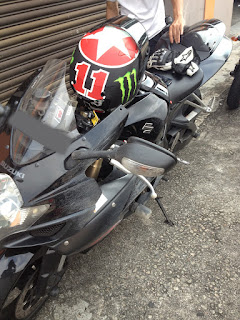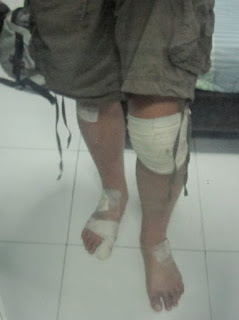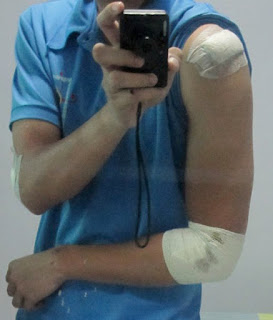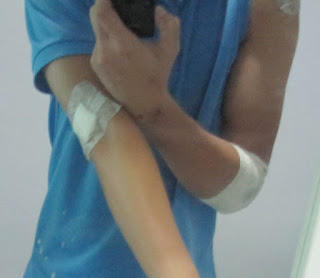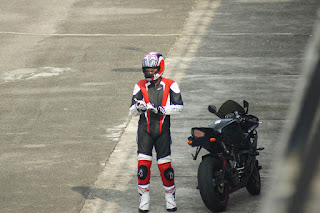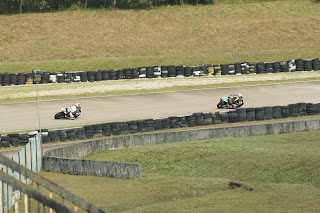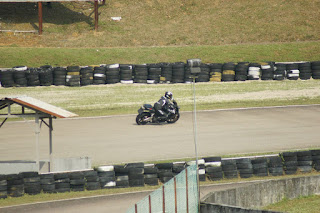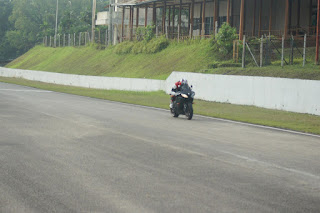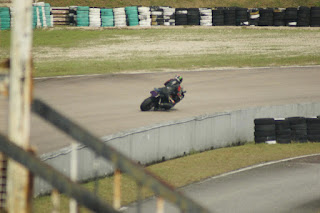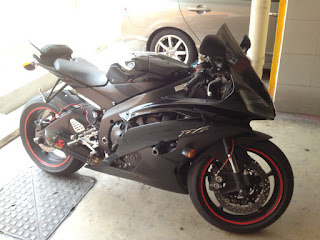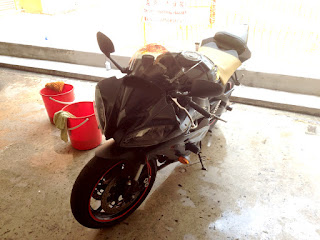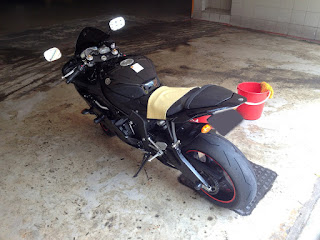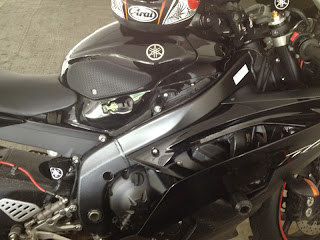Sure, you can ride defensively and stick to traffic rules. But that doesn't stop the idiot in a truck behind you from running you over. I've had a couple of crashes in my 8 years of riding with a mileage of about 100,000 km. Some were silly, like going at 5km/h in a car park and falling because of an oil patch. Others are worst, changing lanes without checking my blind-spot and hitting the truck beside me.
But there are pros to crashing, despite all the cons. For example, you will never know the limits of your brakes until one day you brake so hard, your rear wheel lifts up and spits you off. At the track, you will never know how much abuse your tyres can take during a bend, until you eventually low-side off to the gravel trap.
There are so many things you can learn from crashing, so why is everyone afraid? Well for most people, I would suppose it's the cost of repairs, that's unavoidable unless you make enough to buy a new bike every week. Amazingly, all the riders I know are not bothered by physical harm, they care more for their bike than their missing appendages.
The key is not to ride so safe you become paranoid; it's to prepare for that eventual spill. Dress for the crash. With proper gear, a lot of pain and agony can be prevented. Heck, you can even protect your bike from crashes; add crash-guards. This video shows a CBR600RR with crash-guards.
It doesn't look pretty but it is heck a lot better to scratch the crash-guard than your beautiful plastics. The poor guy left his side-stand down from 2:22 mins and well, it didn't turn out great for him.
So what kind of gear should you be wearing? If you stay in a cold country, full leather suits, always. It may sound extreme but in the event of a crash, you are going to be glad you made that choice. However, in hot and miserable Singapore, perhaps an armoured jacket and armoured jeans. A full-face helmet with proper leather gloves are a must in all weather conditions. I skip the armoured jacket because I would probably dehydrate before I reach my destination, but that's my own personal choice. You may argue that you will never crash if you ride safely so it's okay to wear shorts, slippers and a SGD$20 open-face helmet. But hey, it's your choice that you're willing to lose some toes or have your chin rubbed off on tarmac.
Today, we went for a track day at Johor Circuit and Rafie discovered the correct entry speed for turn 1. Unfortunately, he paid for the discovery.
Every crash helps you learn something you didn't know or understand before. Granted, it was an expensive lesson but he definitely understood his own limits and the limits of that particular corner.
These photos are from my accident with a truck about 2 years back. No broken bones, thank god. I was wearing shorts and slippers which I still regret up till today.
I hope I have scared you enough to run out now and buy proper riding gear.
Here are some photos from today's track day as a bonus.
That's all I have for this entry. Ride safe!



